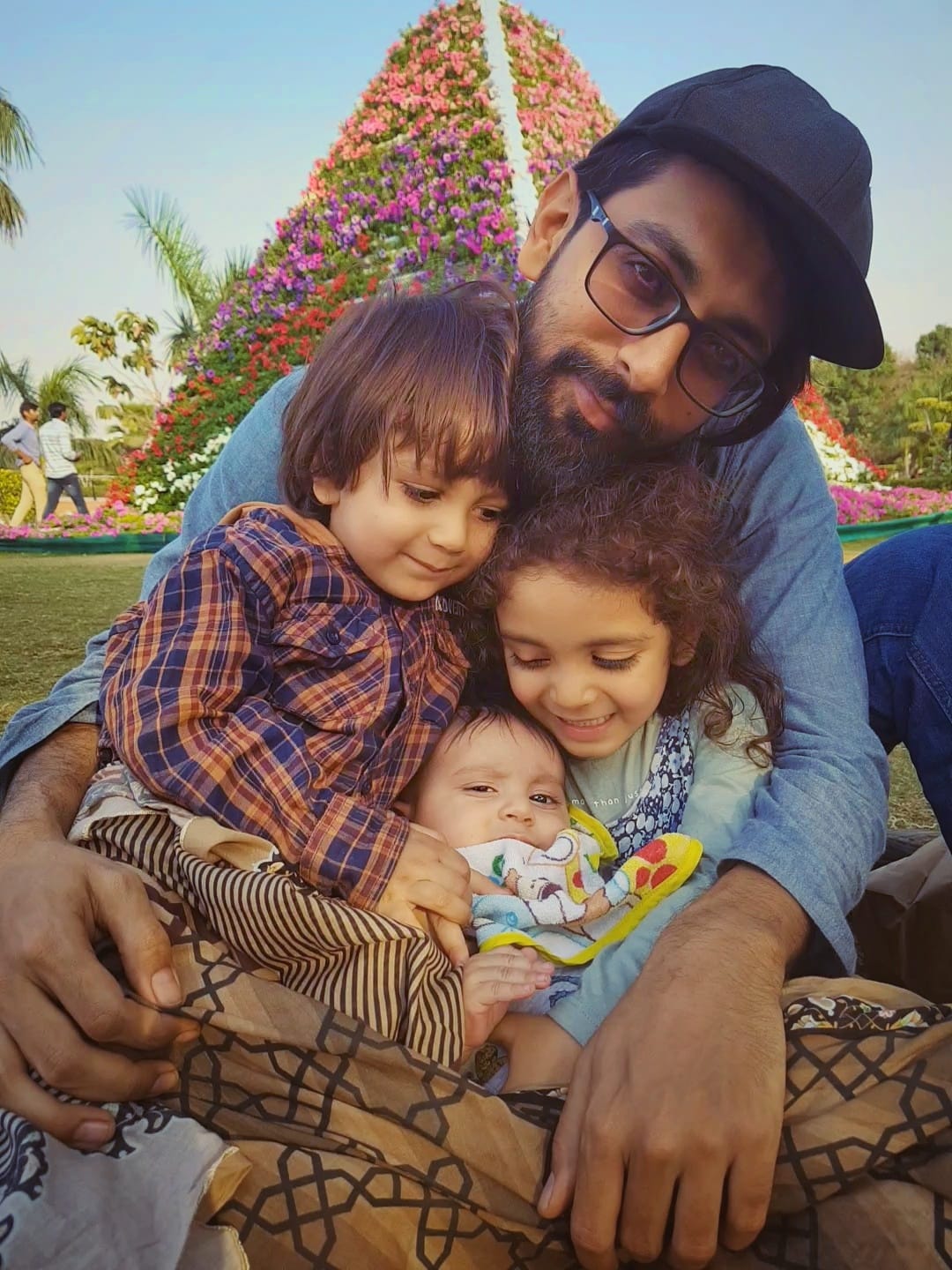In the framework of Germanic Healing Knowledge (GHK), polycystic ovaries are not classified as a disease but as a meaningful biological response to an unresolved emotional conflict. According to Dr. Ryke Geerd Hamer’s discoveries, ovarian cysts and related dysfunctions follow a Special Biological Program (SBS) governed by the brain in response to a specific type of emotional shock.
The Emotional Root of Polycystic Ovaries
Polycystic ovarian condition develops primarily in the healing phase of a biological program initiated by a “loss conflict” or a “fear of loss”—usually of a close loved one, partner, child, or even a deeply desired wish to conceive. This conflict is deeply feminine and closely tied to themes of fertility, family, nurturing, and femininity.
Common emotional themes include:
- The loss (or fear of loss) of a loved one (partner, child, parent, friend, or pet)
- A breakup or betrayal, especially if sudden or traumatic
- An unfulfilled desire to have children (either for oneself or symbolically for another)
- Doubts about one’s fertility or capacity to become a mother
- Feeling inadequate or unsupported in nurturing roles
Biological Response and Cyst Formation
In the conflict-active phase, the ovarian tissue undergoes cell degradation (necrosis), usually unnoticed. This can lead to:
- Hormonal imbalance
- Irregular or absent menstruation
- Delay in onset of menstruation (if the conflict occurred before puberty)
Once the conflict is resolved, the body enters the healing phase, and the previously damaged ovarian tissue starts regenerating. This regenerative process can lead to:
- Formation of cysts filled with functioning tissue
- Temporary inflammation or pain
- Increased estrogen production (which enhances libido and fertility)
These cysts are often interpreted medically as pathological, when in fact, they represent healing tissue filling in the “holes” created during the conflict-active phase.
Polycystic Ovaries and Hormonal Shift
The biological purpose of this tissue growth is adaptive: the body attempts to compensate for the earlier trauma by producing more estrogen to improve reproductive capacity. In this way, the body is trying to increase the chances of conception—a profound and biologically logical effort to recover what was lost.
Symptoms may include:
- Enlarged ovaries with multiple cysts
- Irregular or absent menstrual cycles
- Increased facial or body hair (due to estrogen-testosterone shift)
- Mood changes, often reflecting the underlying conflict
- Emotional sensitivity around loss, family, or reproduction
Insights from Case Studies
A typical example involves a woman who experienced betrayal or distancing from her mother, resulting in a profound emotional shock. Upon emotional reconciliation, a cyst may form in the ovary connected to the “mother-child” side (usually the left side in a right-handed woman).
In another case, a woman who loses a romantic partner or fears permanent separation might experience cyst development on the “partner” side (typically the right ovary for a right-handed person).
Polycystic Ovaries vs. PCOS
While conventional medicine refers to the cluster of symptoms as PCOS and treats it with hormonal therapy or surgery, GHK sees it as a natural biological program that must not be interrupted without resolving the core conflict. If healing is prematurely stopped—by medication, fear, or surgery—then the cycle may repeat or worsen.
Healing and Resolution
Key to Healing:
- Identify the exact moment of conflict shock – when the emotional trauma occurred
- Understand its emotional content – who or what was lost? What belief or fear was triggered?
- Consciously resolve the conflict – through forgiveness, new understanding, or acceptance
- Support the body during the healing phase – without fear, recognizing that the body is repairing itself
GHK advises against rushing into surgery or hormonal treatments unless absolutely necessary. Once the conflict is resolved completely, the cysts may naturally regress, and hormonal balance is restored.
Conclusion
Polycystic ovarian condition, seen through the GHK lens, is not a lifelong sentence but a meaningful expression of unresolved loss or emotional shock. Understanding the biological logic behind it helps women move from fear to empowerment—trusting that their body is not broken, but responding intelligently.
This new awareness transforms not only health but also how we view ourselves, our emotional wounds, and the body’s natural path to healing.
References:
- The Psychic Roots of Disease by Björn Eybl (Version 10)
- https://learninggnm.com/SBS/documents/fso.html#Ovaries_PCL

